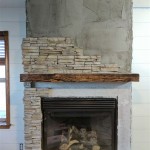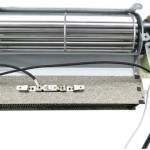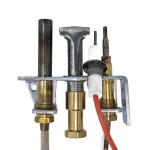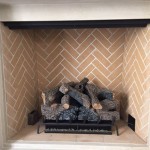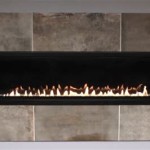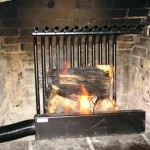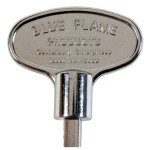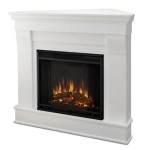A Comprehensive Guide to Essential Aspects of Remote Gas Fireplace Starter
Cozy fireplaces add a touch of warmth and ambiance to any home, but manually lighting them can be a hassle. That's where remote gas fireplace starters come in. These convenient devices allow you to ignite your fireplace from the comfort of your couch or even another room.
However, choosing the right remote gas fireplace starter for your needs can be overwhelming. This guide will delve into the essential aspects to consider when making your decision.
Connection Type
Remote gas fireplace starters come in two main connection types: wireless and wired.
Wireless: These starters use radio frequency (RF) or Bluetooth technology to communicate with the fireplace. They offer the most convenience as you can control the fireplace from anywhere within range.
Wired: These starters require a physical wire connection between the remote and the fireplace. While less convenient, they are more reliable and less susceptible to interference.
Ignition Type
Remote gas fireplace starters use different ignition methods, including:
Spark Ignition: This type of ignition uses a spark to ignite the gas. It is the most common and affordable option.
Electronic Ignition: These starters use an electronic spark to ignite the gas. They are more durable and reliable than spark ignition systems.
Piezo Ignition: Piezo ignition systems use a crystal that creates a spark when struck. They are similar to spark ignition systems but do not require an external power source.
Power Source
Remote gas fireplace starters require a power source to operate. Most use batteries, while some can be hardwired into your home's electrical system.
Batteries: Battery-powered starters are portable and方便, but they require regular battery replacement.
Hardwired: Hardwired starters provide a continuous power supply, eliminating the need for battery changes. However, they require professional installation and may not be suitable for all fireplaces.
Range and Signal Strength
The range and signal strength of a remote gas fireplace starter are crucial. Consider the distance between the fireplace and the location you want to control it from.
Wireless starters typically have a shorter range than wired starters. Obstacles like walls and furniture can also affect signal strength. Make sure to choose a starter with a range that meets your needs.
Additional Features
Some remote gas fireplace starters offer additional features:
Thermostat Control: These starters allow you to set a desired temperature for the fireplace and automatically maintain it.
Remote Flames: Some starters can adjust the flame height and intensity remotely.
Timer: This feature allows you to set a timer to turn the fireplace on or off at specific times.
Diagnostic Codes: Advanced starters may display diagnostic codes to help troubleshoot any issues.
Conclusion
Choosing the right remote gas fireplace starter is essential for convenient, hassle-free fireplace operation. Consider the connection type, ignition type, power source, range and signal strength, and additional features that best suit your needs. By following these guidelines, you can enhance your fireplace experience and enjoy the warmth and ambiance it brings.

Gas Fireplace Remotes More Fireplaceremotecontrols Com

About Electronic Ignition Gas Logs Fine S

Gas Fireplace Remote Control Guide Fireplaces Direct Learning Center

How To Operate Remote Gas Logs

Superior Fireplaces Rc S 1 Remote Control With Lcd Display

Kingsman Fireplaces Gtmrcp Remote Control Millivolt

Gas Fireplace Remote Control Guide Fireplaces Direct Learning Center

How To Fix Your Everwarm Fireplace Remote Ew4001th

Gas Fireplace Remote Control Guide Fireplaces Direct Learning Center

Duluth Forge Dual Fuel Ventless Gas Fireplace 32 000 Btu Remote Control Apple Spice Finish 170156 The Home Depot
Related Posts

